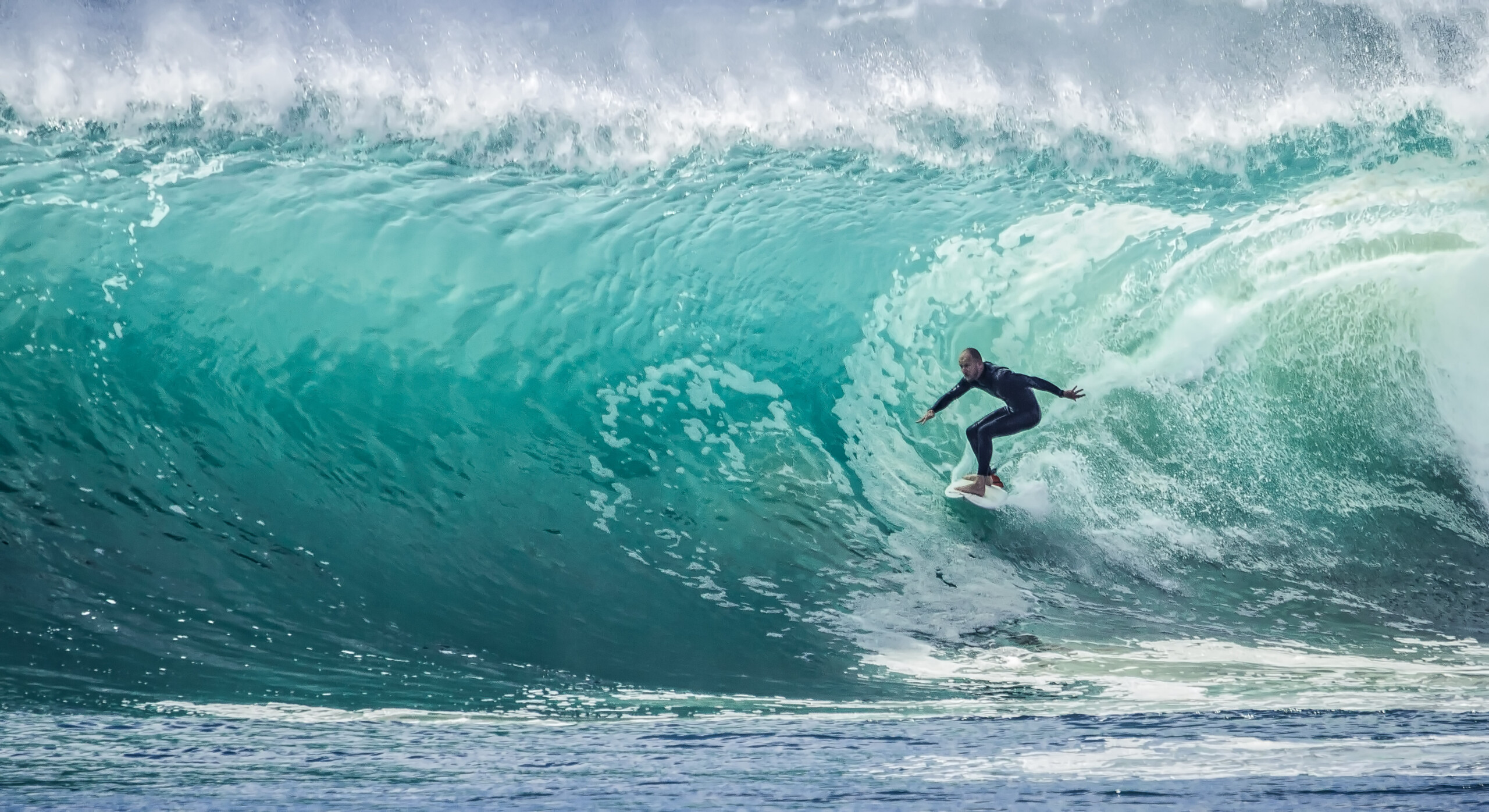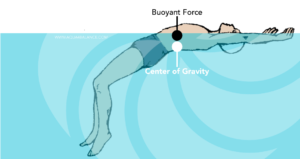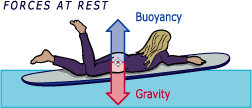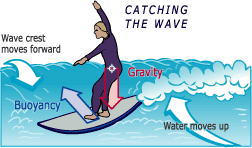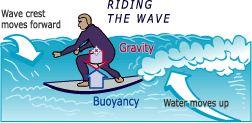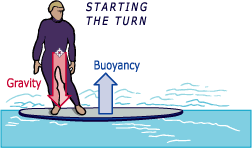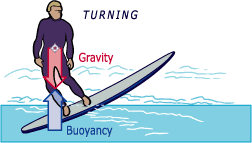The first dash point under fluid mechanics is flotation, centre of buoyancy. These two concepts are put together because floatation is caused by a force known as buoyancy. For an object to float in water it must be less dense (mass per unit of volume) than the water.
When an object is placed in water it causes the water to be displaced (move upwards). This can be seen when a person gets into a bath and the water rises. If the bath is filled to the very brim, then when the person gets into the bath the water that is displaced will pour out of the tub. In order for an object to float, the water they displace must weight more than they do.

In order for an object to float, the water they displace must weight more than they do. This is essentially because gravity is seeking to push the water that has been displaced, back down, while also pushing the person down. If the gravitational force on the water is greater than the force on the object, then the water will create a buoyant force that will push the object upwards against gravity. Once the two forces become equal the object will float in this position known as the point of equilibrium. That is the part of the object below the water has displaced the same weight of water, as the object itself, resulting in a bouyancy force equal to that of the gravity force acting on the object.
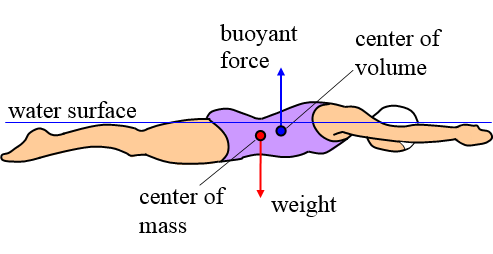
The centre of buoyancy is the centre point of the mass below the water and is the point through which the buoyant force acts. This is much like the centre of gravity – the point through which gravity acts, but buoyant forces acts in the opposite direction. In order for the object to not rotate in the water this buoyant force must pass through the center of mass of the object, if they do not line up the object will rotate until they do, such that one end of the object will sink further while the other end raises (as seen in the images to the right).
For an object to have less gravitational force than the water it displaces it must be less dense (mass per unit of volume) than the water. Not all water has the same density though. Salt water is more dense than fresh water, and the saltier it is the larger the density. This means that it is easier to flow in the ocean than it is in a pool.
Flotation and centre of buoyancy relate to performance because the higher an object floats in the water, the less resistance the water will create to its movement. This applies to all water sports, including: surfing, kayaking, sailing, skiing, dragon boat racing, water polo, synchronised swimming, and swimming. These forces also relate to scuba diving, where the person is seeking to sink below the water and remain submerged. In this instance, the person, with their gear, wants to be the same density as the water in order to allow them to remain submerged easily, but not have to fight too hard to return to the surface. This is often achieved using weight belts.
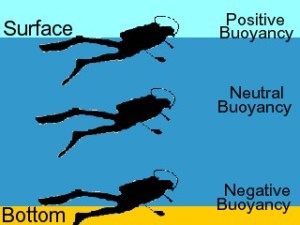
Your learn to for this dot point asks you to:
- describe how principles of fluid mechanics have influenced changes in movement and performance, eg technique modification, clothing/suits, equipment/apparatus
Some examples of modifications that have occurred to take advantage of buoyancy include the Speedo LZR Racer suit, which trapped air making the swimmer more buoyant, lifting them higher in the water so that they had less drag from the water and increased their speed, reducing their times in events.
Other modifications include the change in surfboard technology, where they used to be made out of wood, surfboards are now made of polyurethane or polystyrene covered in fiberglass, and polyester. This creates a lighter surfboard that is more buoyant and maneuverable in the water.

